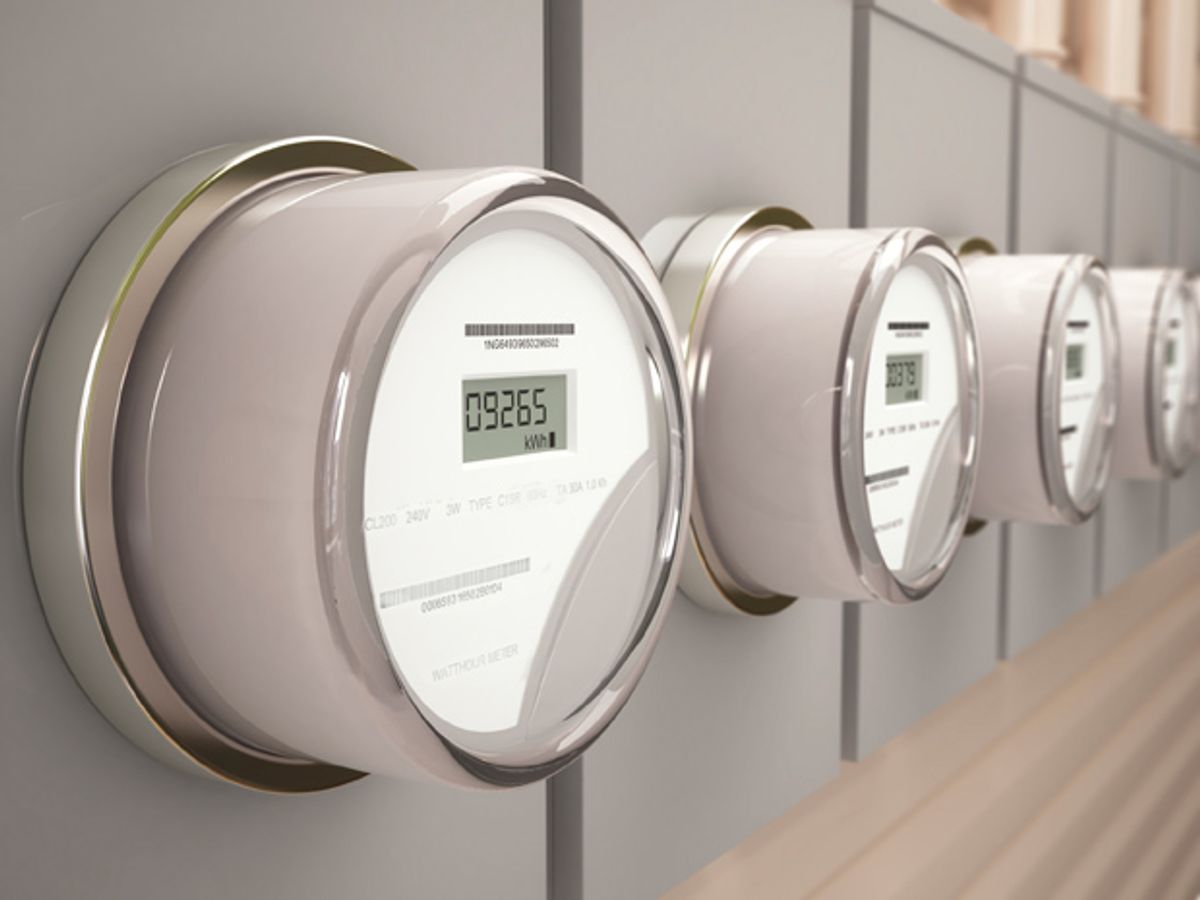Germany’s huge investment in renewables has cut demand for fossil fuels, but it has also brought a new source of instability to the grid. Intermittent renewables, such as wind and solar power, increase the difficulty of monitoring and balancing the grid as the amount of power being produced fluctuates. Today, that balancing is done through centralized controls from grid operators, but researchers are looking at a how a grid might keep itself in trim without such control.
The goal of grid balancing is to keep voltage up and maintain the frequency of the alternating current: 50 hertz in Europe and 60 hertz in the United States. When the supply of energy from a renewable source slumps, in most parts of the world fossil fuel plants typically provide the additional power needed for rebalancing.
An alternative approach to dealing with renewable slumps is so-called demand response, where consumers are given financial incentives to turn equipment down, or off, when the power supply is limited or when the grid needs balancing. Demand response is already used widely in the United States and is a relatively new addition to primary ancillary services markets (which support the reliable transmission of electricity) in Germany and other parts of Europe.
Theoretical physicists at the Max Planck Institute asked whether demand response systems could be used to balance a grid—which requires receiving a frequency regulation signal and responding within seconds—even in the absence of a control signal from the utility or grid operator.
They modelled an approach wherein smart meters would simply react when the grid frequency hit certain levels, rather than waiting for signals from a centralized grid controller.
The idea is “if you consume electricity at a certain frequency, you would have to pay a certain price,” explains Benjamin Schäfer, a physicist from the Max Planck Institute for Dynamics and Self-Organization, and lead author of the paper.
The results of the Max Planck analysis indicates that, even with system delays of a few seconds, the grid could remain stable using this approach. “Ensured by a properly chosen price function… this grid service can be economically reasonable for the consumer and also for the electricity provider,” Schäfer and his colleagues wrote in the paper. The findings were published in the New Journal of Physics.
The researchers were insipired to look into the issue because of the work of Easy Smart Grid, a German startup aiming to facilitate this advanced form of demand response.
Of course, it is all theoretical for now. “We didn’t put all of the reality in there,” he says. “We just started with the pure math.”
Reality certainly brings a set of challenges to this interesting concept. Schäfer and his colleagues did not look at how many smart meters would need to be deployed, who would pay for them, or what happens if shorter response times are needed (in the U.S., for example, some ancillary services require sub-second response time.)
There are political issues as well. Widespread smart meter deployment has been delayed in the past few years in Germany due to privacy and cost concerns. Using demand response systems in this way will also require regulatory changes, not to mention there will likely be a fight from traditional generators that currently provide much of the ancillary services for the power grid.
In the near term, this concept is likely to be piloted in microgrids, which often require even more balancing than large, regional grids because of their small size, especially if they are outfitted with wind or solar power plants.



